14 Boomer Injuries from Playground Equipment That Would Be Illegal Today

Growing up in the 1950s-70s meant playground adventures came with a side of danger. Back then, playgrounds weren’t designed with safety as the priority – they were metal, concrete, and sometimes downright terrifying traps.
Kids from the Baby Boomer generation survived playground equipment that would make today’s safety inspectors faint. Let’s look at 14 common injuries from playground equipment that thankfully would never pass modern safety standards.
1. Giant Metal Slide Burns

Metal slides baking in the summer sun reached temperatures that could fry an egg – or a child’s thighs. Boomers frequently experienced second-degree burns from these scorching surfaces.
The pain was instant and memorable, leaving red marks that sometimes blistered. Parents rarely applied sunscreen, let alone “slide-screen” to protect against these metal menaces.
2. Merry-Go-Round Launches
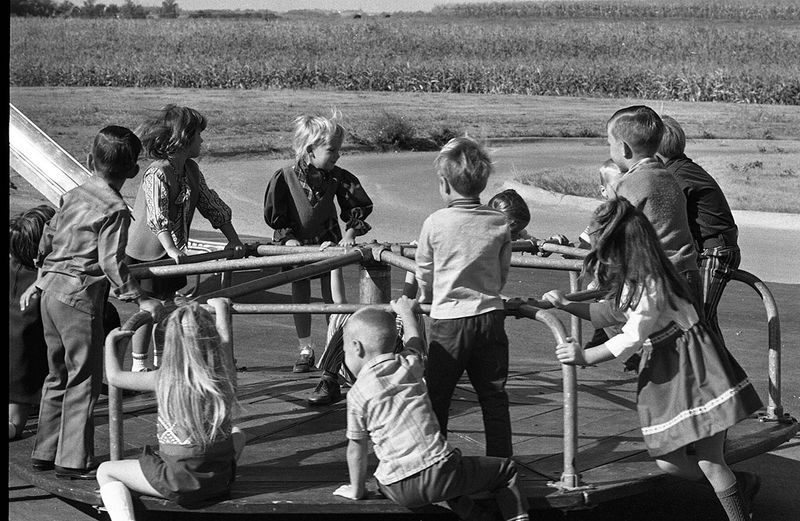
Spinning metal merry-go-rounds created their own physics lessons. When kids couldn’t hold on any longer, centrifugal force catapulted them across playgrounds like human cannonballs.
Landing zones? Pure dirt or concrete. No cushioned surfaces existed to break falls. The resulting road rash, broken bones, and concussions were considered normal childhood experiences.
3. Jungle Gym Face Plants
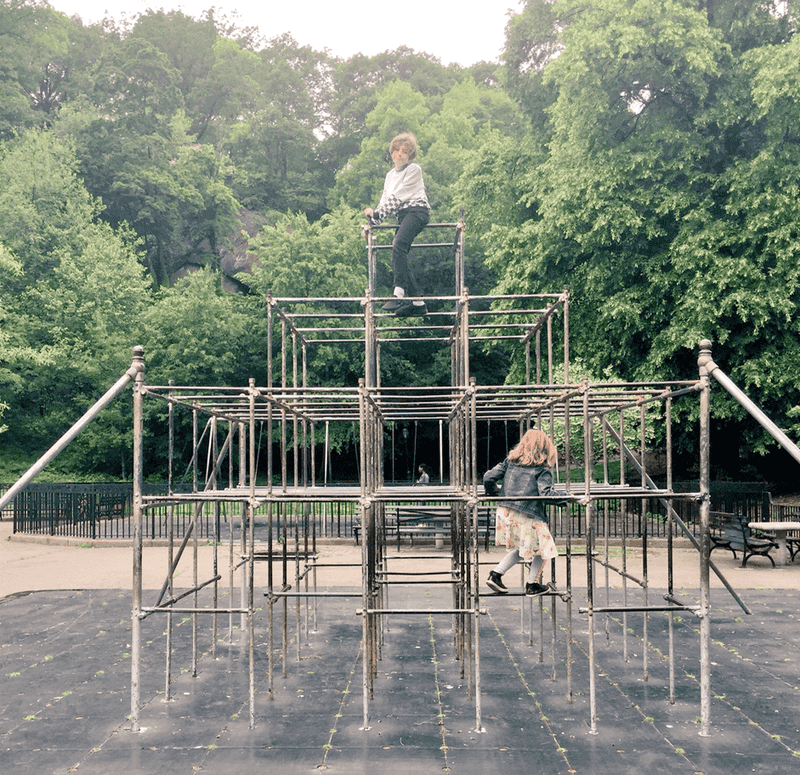
Rusty jungle gyms towered over hard-packed dirt without a single safety mat in sight. Missing a rung meant facial reconstruction via gravity.
Kids regularly knocked out teeth, split lips, and bloodied noses after face-first falls. Parents’ solution? “Rub some dirt on it” and continue playing. Tetanus shots became childhood rites of passage.
4. Concrete Wading Pool Concussions

Shallow concrete wading pools with slippery surfaces were playground staples. Running children inevitably slipped, smacking heads against unforgiving concrete edges.
No lifeguards monitored these drowning hazards. The combination of water, concrete, and unsupervised children created perfect conditions for head injuries.
Parents considered minor concussions an acceptable risk for cooling off.
5. Witch’s Hat Whiplash

The “Witch’s Hat” – a cone-shaped metal structure suspended by chains that spun wildly – was a whiplash machine. Kids clung desperately to the edge while others pushed it faster and faster.
Necks snapped back and forth as the momentum built. The metal frame frequently crushed fingers caught between chains and supports.
Still, children lined up for another turn after recovering from dizziness.
6. Giant Stride Arm Dislocations

The Giant Stride featured a tall center pole with hanging chains kids grabbed before running in circles. Momentum lifted children off the ground – until someone tripped.
The sudden stop yanked arms from sockets with alarming regularity. Chain entanglements caused rope burns and worse.
This medieval-looking contraption disappeared from playgrounds for good reason.
7. Rocket Slide Head Trauma

Towering rocket slides featured multiple levels without safety rails. The height – often 15+ feet – guaranteed impressive injuries when children inevitably fell.
Head injuries were common from both the climb and descent. Metal steps became slippery traps in rain. The enclosed tubes trapped summer heat, creating claustrophobic metal ovens that children willingly entered.
8. Teeter-Totter Teeth Busters
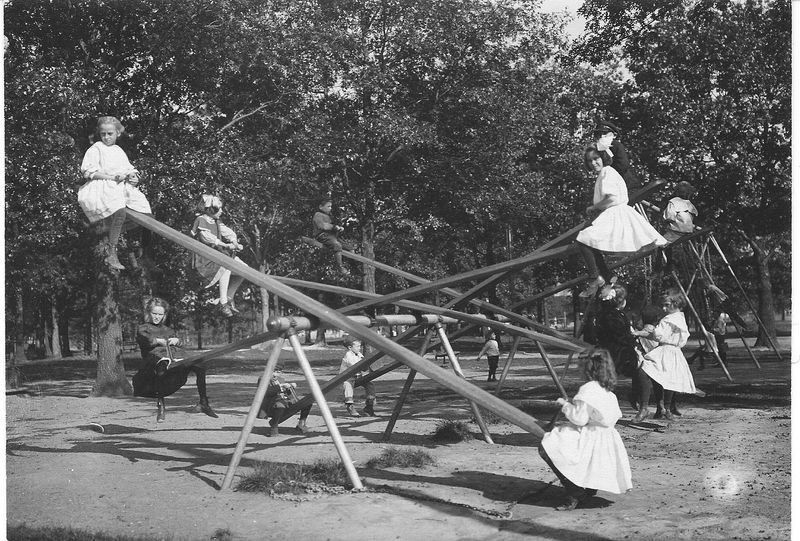
Wooden teeter-totters delivered accidental dental work when kids miscalculated jumps or dismounts. The heavy wooden plank could swing up with surprising force, connecting with chins and mouths.
Loose teeth, bitten tongues, and split lips resulted. The lack of handles meant children gripped splintery wood edges.
Safety engineers would have nightmares about these simple yet effective injury machines.
9. Metal Swing Chain Pinches

Heavy metal swings suspended by thick chains created finger-crushing opportunities. Children regularly caught digits between chain links while adjusting their grip.
The resulting pinches removed skin and sometimes broke small bones. Rusty chains added tetanus risk to injury. Swings also encouraged dangerous jumping contests, with distance mattering more than safe landings.
10. Metal Tunnel Entrapment

Metal tunnels on playgrounds became improvised ovens in summer heat. Children frequently became stuck inside these narrow passages, causing panic and sometimes heatstroke.
Bullies discovered these tunnels made perfect traps for cornering victims. The echoing metal amplified screams while preventing escape.
These tunnels taught claustrophobia better than any haunted house.
11. Asphalt Landing Zones

Playground surfaces featured hard-packed dirt at best, asphalt at worst. No rubber mats or wood chips cushioned falls from equipment that seemed designed to maximize height.
Skinned knees were so common they became expected. More serious falls resulted in broken wrists and collarbones.
The playground’s hard surface taught children valuable lessons about gravity’s unforgiving nature.
12. Animal Spring Rider Pinches
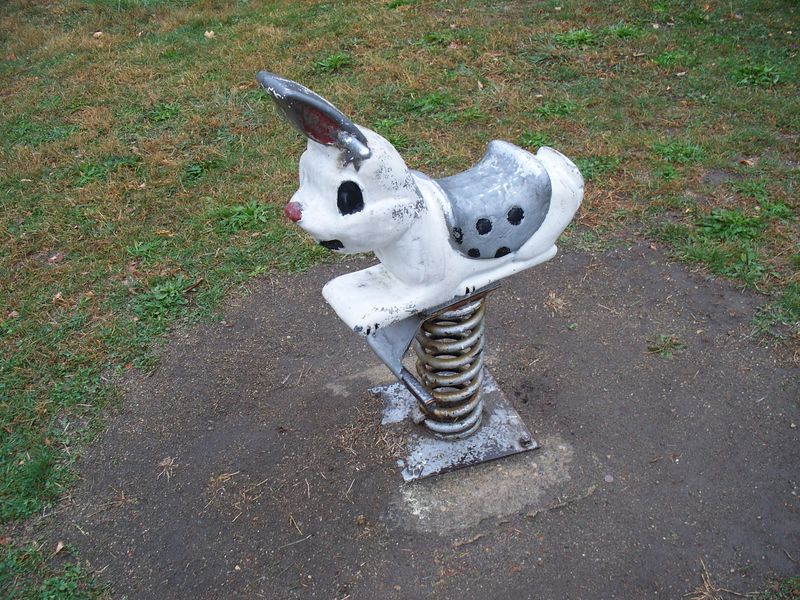
Spring-mounted animal riders created perfect finger traps between the springs’ coils. Children regularly caught digits, clothing, and hair in these metal compression devices.
The heavy metal springs could snap back with surprising force. Exposed bolts and sharp edges added tetanus risk to crushing injuries.
These simple toys delivered complex pain in multiple ways.
13. Maypole Rope Strangulations

Playground maypoles featured hanging ropes children grabbed while running in circles. The obvious strangulation hazard somehow escaped adult notice for decades.
Ropes wrapped around necks during play with alarming frequency. Children also tied the ropes into makeshift nooses for “hanging” games.
The entire concept seems designed by safety engineers’ evil twins.
14. Dome Climber Head Bonks
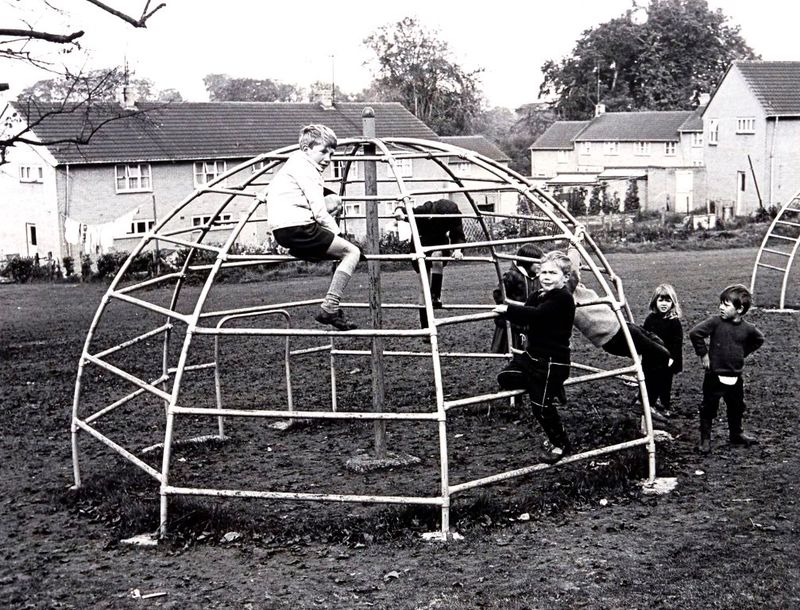
Metal geodesic climbing domes created perfect conditions for head injuries. Children climbing inside and outside simultaneously guaranteed skull-to-metal contact.
Falls through the dome’s openings meant multiple impact points on the way down. The height – often 8+ feet – ensured impressive injuries.
These jungle gym alternatives maximized injury potential in three dimensions.
